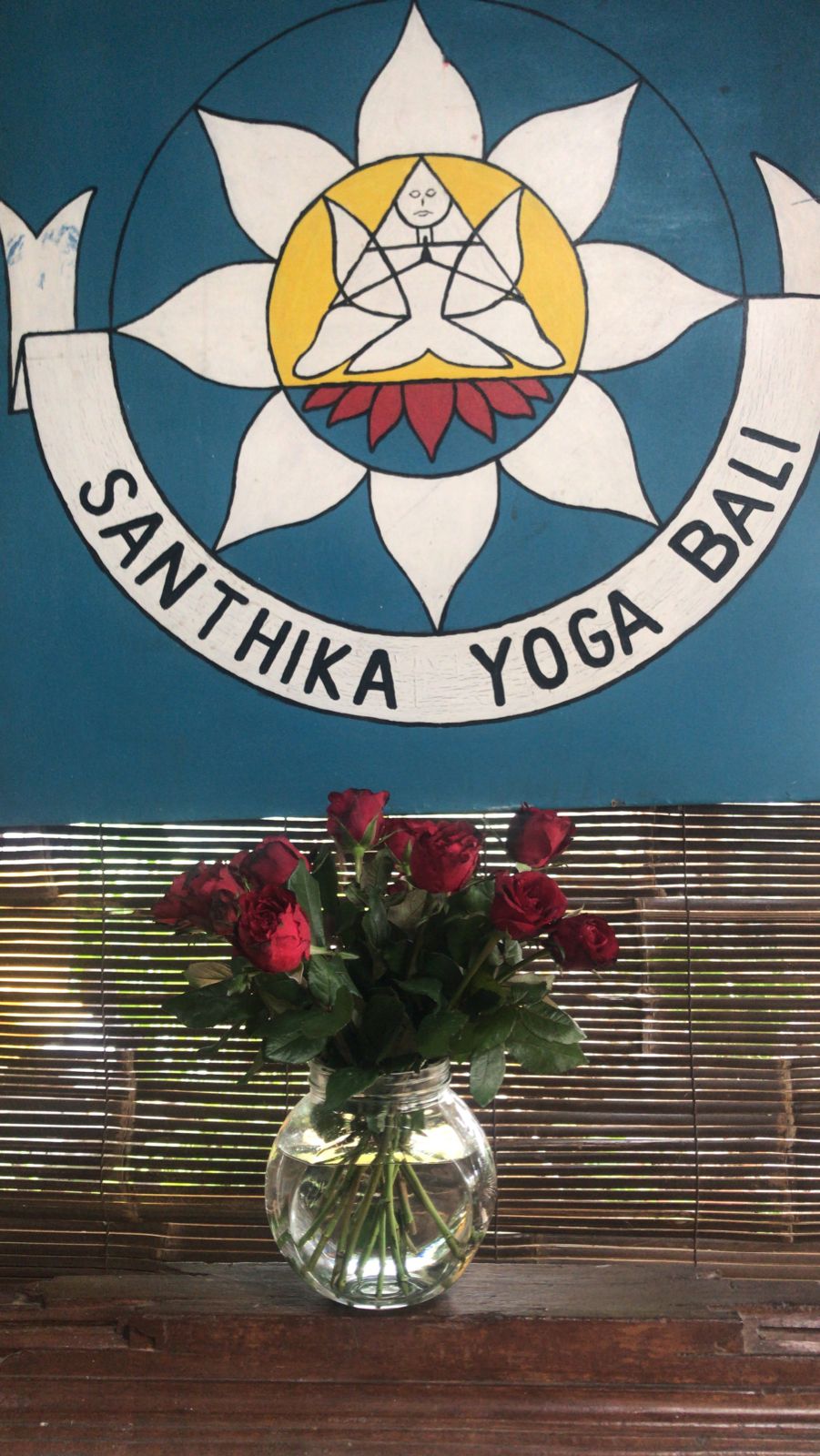Transform Your Wellness with Dynamic Meditation Techniques
- Santhika Retreat Center

- Jul 13
- 4 min read
In today’s fast-paced world, more people are seeking effective ways to relieve stress and maintain their mental wellness. One innovative approach gaining popularity is dynamic meditation. This practice combines movement and breath-work techniques that can empower you to connect with your body and mind in a profound way. In this blog post, we will explore various dynamic meditation techniques and how they can transform your wellness journey.

Understanding Dynamic Meditation Techniques
Dynamic meditation is a form of meditation that incorporates active movement, deep breathing, and sometimes vocalization to promote a state of awareness. This approach is ideal for individuals who find traditional meditation challenging, particularly those who struggle with sitting still for extended periods.
Unlike passive meditation, dynamic meditation encourages participants to express their thoughts and feelings through physical movement. Practicing this can lead to heightened self-awareness and emotional release, making it an excellent tool for improving mental health.
Main Practices in Dynamic Meditation Techniques
The beauty of dynamic meditation lies in its versatility. There are numerous techniques one can explore, each of which caters to different preferences and goals. Here are five dynamic meditation techniques you can start incorporating into your wellness routine today:
1. The Primordial Sound Meditation
This technique focuses on the sound of a specific mantra or healing sound that resonates with you. Practitioners often chant the sound while engaging in gentle movements. The combination of sound and movement has been shown to enhance concentration and bring inner peace.
2. Kundalini Yoga
Kundalini yoga involves a sequence of movements, known as Kriyas, which are designed to awaken the energy at the base of the spine. Each Kriya is accompanied by breath work and meditation, creating a dynamic and holistic approach to self-transformation.
3. Active Mindfulness
This technique encourages you to engage fully with the present moment through movement. Instead of sitting in stillness, active mindfulness invites you to walk, stretch, or dance while remaining conscious of your thoughts, feelings, and breath. This practice promotes awareness of your surroundings and helps ground you in the present.
4. Breath-Body Connection
Integrating breath with movement can deepen your meditation practice. Focus on deep breathing while performing simple movements like stretching or swaying. This technique not only helps relieve tension but also enhances your lung capacity and overall physical health.
5. Ecstatic Dance
Ecstatic dance combines free movement and music, allowing participants to express themselves fully. Dancing without judgment can lead to a cathartic release of emotions, providing mental clarity and emotional balance. Whether in a group or solo, ecstatic dance is a liberating dynamic meditation technique.
Why are Dynamic Meditations Very Useful?
Dynamic meditations offer numerous benefits compared to traditional forms of meditation. Here are a few reasons why many individuals find dynamic meditations useful:
Stress Reduction: Engaging in physical movement while practicing mindfulness can significantly reduce stress levels. The combination of motion and breath helps release pent-up tension in the body and mind.
Enhanced Emotional Release: Many participants report feeling a strong emotional release after a dynamic meditation session. Expressing oneself through movement can illuminate suppressed emotions, leading to greater emotional health.
Improved Focus and Clarity: Regular practice can enhance concentration and cognitive performance. The active component keeps the mind engaged, allowing for improved focus during traditional mindfulness practices.
Greater Body Awareness: Dynamic meditation cultivates a deep connection between body and mind. Gaining awareness of your body’s sensations can improve your overall physical health and well-being.
Increased Energy Levels: The physical activity involved in dynamic meditation can elevate your energy levels. Participants often leave sessions feeling invigorated and rejuvenated.
Getting Started with Dynamic Meditation
Now that you understand the benefits and various techniques of dynamic meditation, how do you get started? Here are some practical steps to incorporate dynamic meditation into your daily routine:
Set Your Intention: Before starting your dynamic meditation practice, define your goals. Are you looking to relieve stress, tap into emotions, or simply find a new form of relaxation? Having a clear intention can guide your practice.
Create a Comfortable Space: Designate a space for your practice that feels inviting and calming. Whether indoors or in nature, create a comfortable environment that allows you to move freely.
Choose Your Technique: Explore different dynamic meditation techniques and determine which resonates with you. You can try a mix of activities or focus on one method each week.
Allocate Time: Schedule specific time blocks for your dynamic meditation practice. Consistency is key; aim for at least 15 to 30 minutes of practice several times a week.
Check in with Yourself: After each session, take a moment to reflect on your experience. Notice how you feel physically and emotionally. Use a journal to track your progress and insights.
Join a Community: Participating in group sessions can enhance your experience. Look for local classes or online workshops that focus on dynamic meditation techniques. Sharing the journey with others can offer additional support and motivation.
Dynamic meditation is a powerful tool for self-discovery and emotional healing. By exploring different techniques, you can find an approach that resonates with your personal wellness journey. Remember, the key is movement and expression—allow yourself to flow, breathe, and connect with your inner self.
Continuing Your Dynamic Meditation Journey
As you continue to explore dynamic meditation techniques, keep an open mind and allow your practice to evolve. Everyone's experience is unique, and what works for one person may not work for another. Don't be afraid to experiment with different movements and breathing patterns, and listen to your body’s needs.
Integrating dynamic meditation into your daily routine can lead to profound wellness transformations. Whether you're seeking stress relief, greater emotional freedom, or improved focus, dynamic meditation offers a multifaceted approach to achieving these goals. Embrace this journey with curiosity, and enjoy the process of discovering the many ways dynamic meditation can enhance your life.








Comments